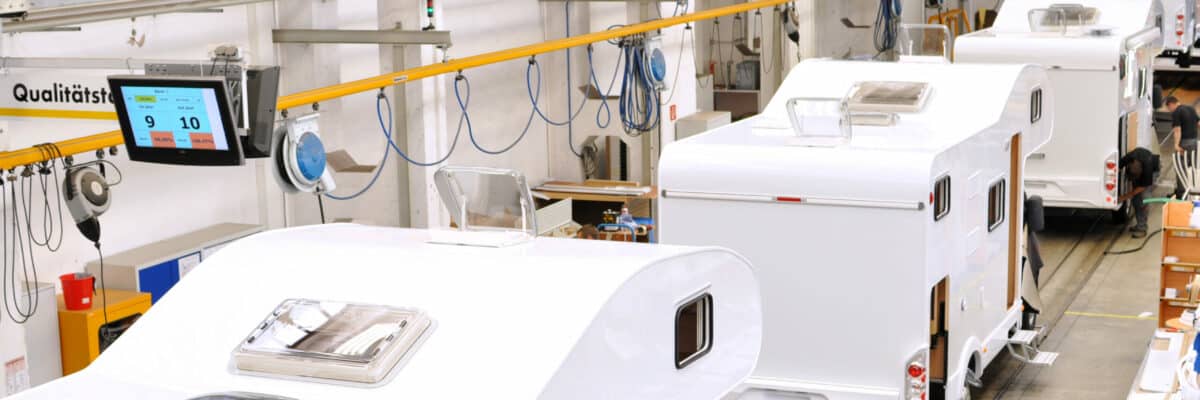
When a car is manufactured, suppliers contribute about 70 percent to value creation, and in the field of electronics, that number jumps to 90 percent. “The lines only run when the companies work together perfectly. All processes along the supply chain have to fit together like cogs and mesh seamlessly,” says Michael Hahn, Staufen AG automotive sector expert. “The system providers are still looking after their suppliers, but usually they do so more intensively when there’s a fire. Most of this “firefighting” could be avoided if robust value chain processes were put in place earlier.” Many tier 2, 3 or 4 suppliers still have a great amount of potential to design processes that are more interruption free and efficient. The objective should also be to minimize interfaces as much as possible. “The degree of complexity is often too high, even for smaller suppliers at the end of the chain. Base production, surface finishing and assembly processes take place in different locations, often several thousands of kilometers apart. In addition, individual components are often procured and purchased across the entire world. If this value chain can be brought under one roof, there is less chance for problems to arise, and costs are thereby reduced,” according to automotive expert Hahn. More attention has to be paid to reliability when designing supply chains – particularly with the advent of electromobility. The manufacturers will be working with many new suppliers; they need electric motors, plugs for the charging stations, and many other new parts. These parts are often built by smaller companies that will have to greatly increase their capacity and have had little to no experience in the automobile industry. The Staufen consultant predicts that, “If OEMs and tier 1 suppliers don’t take these suppliers under their wing and walk them through the entire process, we can expect to run into problems from the get-go.”
Press release (.pdf) Press release (.rtf) Download the press graphics
